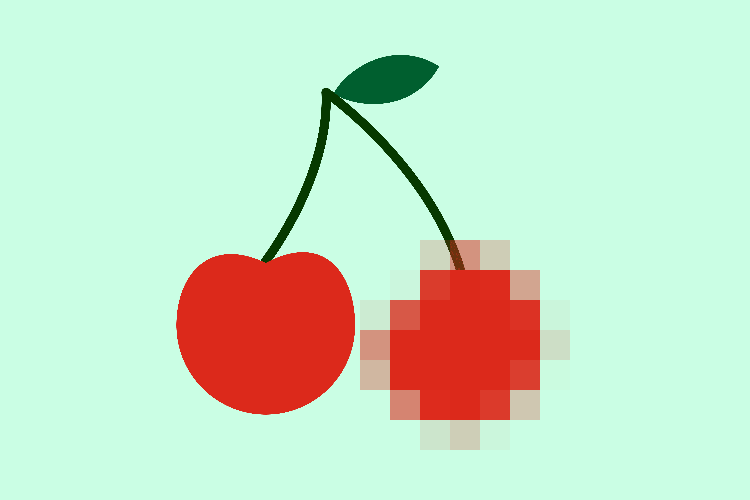This is how the cherry flavor gets into the yogurt


Illustration Simon Tanner / NZZ
Reader question: When I eat cherry-flavored yogurt or candy, the taste always seems far removed from real cherries. Is it particularly difficult to produce cherry flavors?
NZZ.ch requires JavaScript for important functions. Your browser or ad blocker is currently preventing this.
Please adjust the settings.
How is cherry-flavored yogurt made? You can make the flavor yourself by adding pitted cherries to plain yogurt—either in season or frozen. If that's not enough flavor for you, you can buy cherry-flavored products at the store.
In the "Well-being & Being Answers" section, we address questions from readers about health and nutrition. Write to us at [email protected].
There are various ways to incorporate flavor into a product. Flavors made from natural raw materials can be used. This can also be done biotechnologically: enzymes or bacteria produce the appropriate flavor molecules. These are then combined to create, for example, a cherry-like flavor. In addition to natural flavors, there are also synthetic flavors. The necessary molecules are artificially produced in the laboratory.
A question of priceWhich of these approaches the food industry chooses for a product depends, among other things, on the cost of the natural raw materials. The more natural the raw materials, the more expensive they become. "Using real cherries to flavor yogurt or ice cream, for example, would be virtually unaffordable," says Martin Steinhaus, who heads the Aroma Chemistry research group at the Technical University of Munich.
How we perceive the aroma of a product depends not only on the flavorings used in its production. A product usually contains numerous other ingredients. "How sweet, sour, salty, or fatty a food is plays a key role," says Julia Hermine Hoffmann, scientific director of the German Flavoring Industry Association. "The same fruit flavor, for example, tastes completely different in sour yogurt than in neutral milk. If the right acidity is missing, a food can taste bland or less like real fruit."
"A cherry flavor isn't fundamentally more difficult to imitate than the flavor of other fruits," says Steinhaus. It's no more complex than, say, the flavor of strawberries. A natural fruit flavor is created by around ten to fifteen main components. If one wants to imitate it, a different recipe is used depending on the manufacturer, product, and target audience. "There is no such thing as a single cherry flavor—just like with other fruits," says Steinhaus. This also corresponds to nature, where cherries are characterized by different flavors depending on the variety, growing conditions, and ripeness.
A typical component of cherry flavoring in foods is benzaldehyde. This organic compound is inexpensive to produce and is also found in other plants and products made from them. Almonds and certain cough medicines, for example, contain benzaldehyde. Cherry flavoring may therefore sometimes be reminiscent of other products. "But that's possible with any fruit. Everyone perceives flavors differently based on their personal preferences and experiences," says Hoffmann.
In addition, there are different preferences for flavors depending on the country, as well as cultural backgrounds and climatic conditions. For example, flavors are perceived differently in warmer countries than in cooler ones. Furthermore, for example, a consumer of organic products that advertise their naturalness expects a different taste experience than an audience that is targeted with brightly colored products.
Deepen your knowledge of nutrition, health, and psychology with our newsletter “Well-being & Being,” which lands in your inbox every Thursday.
In addition, smell plays a central role in how we perceive a product's overall taste. "The sense of smell is more important than the sensation via our taste receptors on the tongue," says aroma chemist Steinhaus: "We distinguish a strawberry from a cherry, for example, by smell. Because with our sense of taste, we only perceive sweet and sour flavors in both fruits."
However, the sense of smell varies greatly from person to person – this extends to the genetic level. For example, there are genetic mutations that cause receptors for certain odors to function less effectively. Genetically determined gender differences also play a role, as recent studies show.
If our reader finds the cherry flavor in their yogurt or candy too artificial, they should try different products and manufacturers. Or perhaps even flavor the plain yogurt with cherries themselves. Because one thing's for sure: everyone's tastes differ.
Do you have a question about nutrition and health? Write to us at [email protected] .
nzz.ch





